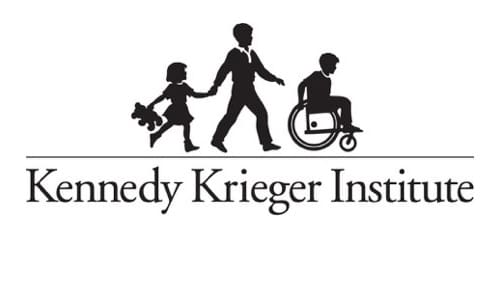
Researchers at Kennedy Krieger Institute and Johns Hopkins Medicine have developed a new, accessible approach to analyze a patient’s walking ability and stances more effectively. Following numerous tests, they determined that a simple video recorded on a personal pocket device, such as a smartphone or tablet, can be used to measure gait at a clinical, high-quality level.
Experts say current state-of-the-art approaches to gait analysis are often expensive and inaccessible due to time constraints and extensive efforts required for assessments. However, there is a significant need for this analysis in patients experiencing conditions such as traumatic brain injury, physical injury or disorders. Through freely available software they created, walking abilities can now be assessed more conveniently, enhancing the comprehensiveness of rehabilitation.
Dr. Ryan Roemmich, a research scientist at Kennedy Krieger Institute, assistant professor of physical medicine and rehabilitation at the Johns Hopkins University School of Medicine, and co-principal investigator on this project, emphasizes the promising aspect of being able to perform a high-quality gait analysis using nothing more than the smartphone in your pocket.
“We really need better ways of measuring a person’s gait that could be easily accessible to all clinicians and researchers,” Dr. Roemmich said. “Patients that have gait problems resulting from diverse conditions such as Parkinson’s Disease, cerebral palsy, lower extremity injury or amputation, recovery from a stroke, and more, could benefit from this.”
Utilizing cutting-edge software in the assessment is done by clinicians recording a cellphone video that captures the patient’s walking pattern from any one of multiple perspectives. The videos could be recorded as the patient walks toward the camera, away from the camera, or from a profile angle depending on the condition being treated. Dr. Roemmich explains that with the ability to record these videos anywhere, they are not limited to testing in a physician’s office.
“It’s not uncommon for a clinician to only have access to a long narrow hallway or hospital corridor,” Dr. Roemmich said. “This can be limiting, making a side view recording of a patient impossible. There are now possibilities to record gait patterns on a sidewalk or comfortably inside a hallway within the patient’s home.”
The researchers use algorithms and their software to analyze the recorded data, marking the movement of patients’ knees, ankles, and the length of their steps. Their approach is also based on tracking the size of the person as they appear in the video image. Patients were observed walking on the ground and treadmill.
Dr. Jan Stenum, a research associate at Johns Hopkins University and an additional co-investigator in this research, explains that clinicians will first need to be trained in how to effectively use this technology to produce the best results. But eventually, they want patients to be capable to shoot the videos at home themselves.
“For the best results, all of this is easier to perform in a standardized space by clinicians or researchers,” Dr. Stenum said. “However, we aim to make it fully possible for patients and families to record these videos themselves on their own devices and then send to us for analysis.”
Dr. Roemmich and Dr. Stenum hope that this development will encourage more doctors across the U.S. to investigate similar alternatives when it comes to the medical analysis of a person’s gait.
“This could propel future research into how these technologies can be used in other forms of rehabilitation,” said Dr. Roemmich. “I look forward to fine-tuning our approach and implementing this method for patients who need it most.”
About Kennedy Krieger Institute
Kennedy Krieger Institute, an internationally known, non-profit organization located in the greater Baltimore/Washington, D.C. region, transforms the lives of more than 27,000 individuals a year through inpatient and outpatient medical, behavioral health and wellness therapies, home and community services, school-based programs, training and education for professionals and advocacy. Kennedy Krieger provides a wide range of services for children, adolescents and adults with diseases, disorders or injuries that impact the nervous system, ranging from mild to severe. The Institute is home to a team of investigators who contribute to the understanding of how disorders develop, while at the same time pioneer new interventions and methods of early diagnosis, prevention and treatment. Visit KennedyKrieger.org for more information about Kennedy Krieger.












